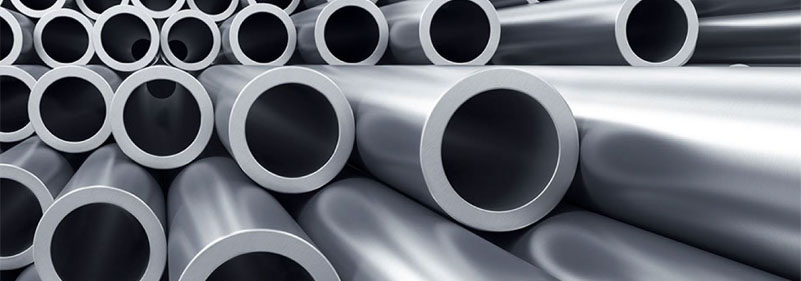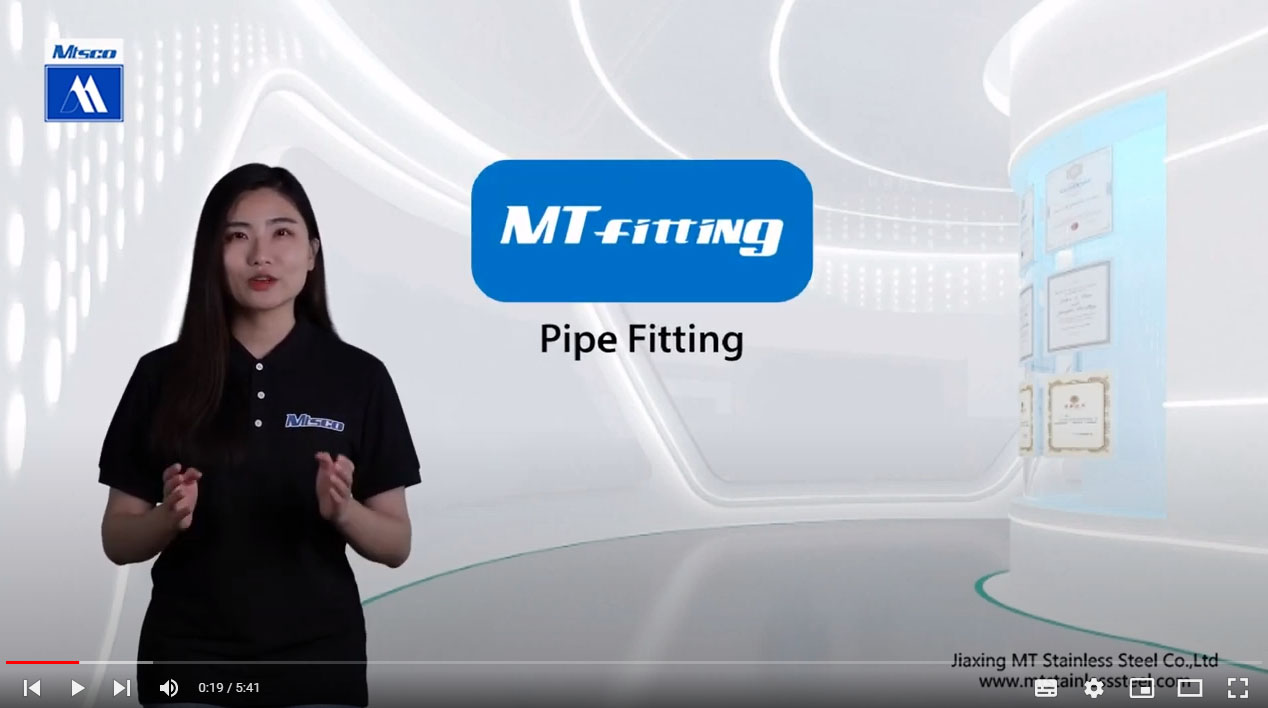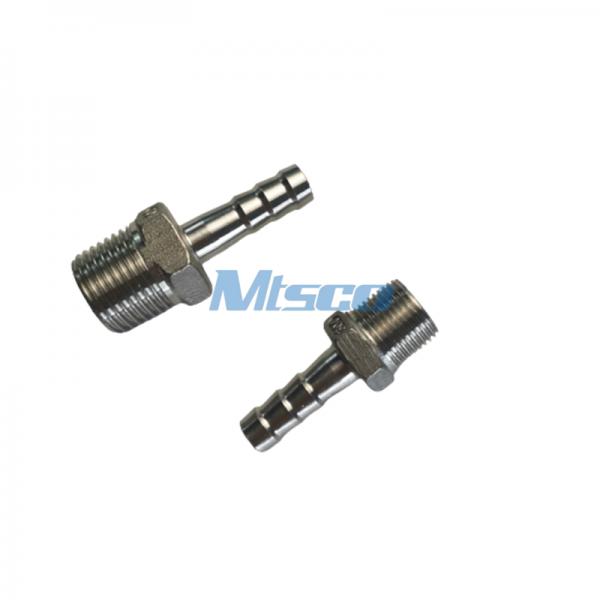150class Reducing Tee NPT Stainless Steel Male Female Thread Connection
Material: 304, 1.4301, X5CrNi18-10; 304L, 1.4306, S30403, 1.4307; 316L, 1.4401, 1.4404, 1.4435;
Get Quote
150# Reducing Tee NPT Stainless Steel Male Female Thread Connection
Do you know Casting?
Casting is in which liquid material is typically poured into a mold containing a hollow cavity of the desired shape and then solidified. It is a manufacturing process. The solidified part is also known as the casting, which is ejected or broken out of the mold to complete the process. The casting material is usually metal or many kinds of time solidifying materials that mix many components together and then solidify; Such as epoxy resin, concrete, mortar and clay. Castings are difficult or uneconomical to make by other methods, so they are usually used to make complex shapes. Heavy equipment, such as machine tool beds, ship propellers, etc., which can be easily cast to the required dimensions rather than manufactured by joining several small pieces
Casting has 7,000 year old development. The oldest surviving casting is a bronze frog from 3200 B.C.
| Product Name | Casting Fitting Equal/ Reducing Tee; Pipe fitting |
| Material | 304/316 stainless steel Casting Fitting |
Standard/ Dimension Standard | ASTM A351/A351M ISO4144,MSS-SP-114 |
| Thread: | NPT, NPSC, BSPP, BSPT etc |
| Shape | Equal/ Reducing Casting fitting tee |
| Connection | Male Female Thread Connection |
| Class | 150# |
| Size: | 1/8”-8” |
| Application of casting fitting | Suitable for water, gas, air, oil, steam pipe system |
| Package | Wooden case |
Casting Fitting Type:
Elbow,Tees,Socket, Hex nipple, Square plug, Bushing, Union, Hose nipple, Reducing socket, Cross, Street elbow, Round/Hex cap, Reducing elbow, Reducing tee, Half nipple, Reducing hex nipple, Coupling, Reducing Coupling, Barrel Nipple.....
Metal casting:
In metalworking, metal is heated to a liquid state and then poured into a mold. The mold is a hollow cavity that includes the desired shape, but the mold also includes runners and risers that allow the metal to fill the mold. The mold and metal are then cooled until the metal solidifies. The solidified part (the casting) is then recovered from the mold
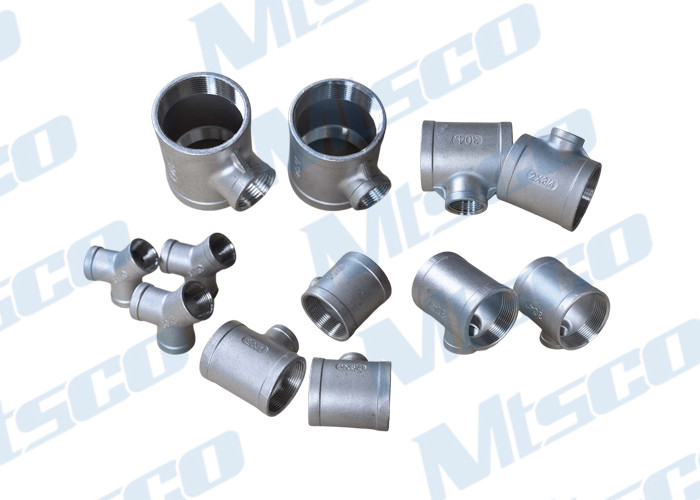
VIP SERVICE
VR (Virtual) Mill Introduction
Professional Remote Technical Guidanceion
Accept Third-party Inspection
Door to Door Shipment
Get QuoteRelated Products: Pipe Fittings: Casting Pipe Fittings
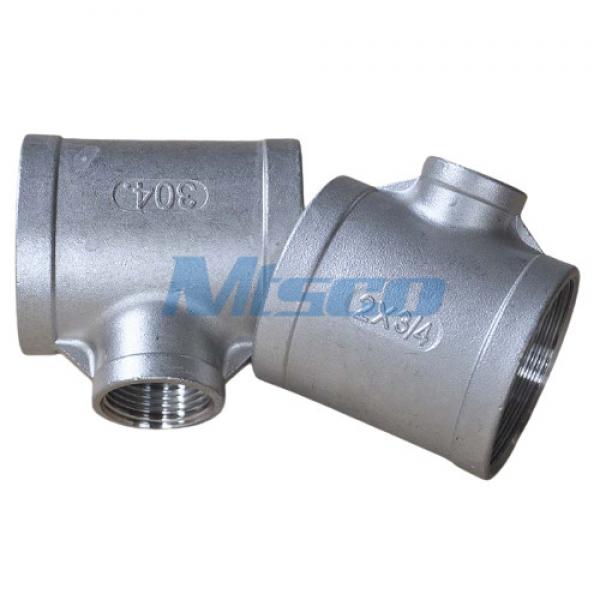
ASTM A351/A351M 150PSI 316 Equal/ Reducing TEE 2inch NPT Stainless Steel Casting
Material: 304/316/CF8/CF8M Size: 1/8”-8” Standard: ASTM A351/A351M Thread: NPT, NPSC, BSPP, BSPT etc Surface: SR/ Polish Inspection: Dimension/ thread/ material/ NDT Package: Cardboard and wooden boxes Class: 150# Application: Water, gas, air, oil, steam pipe system...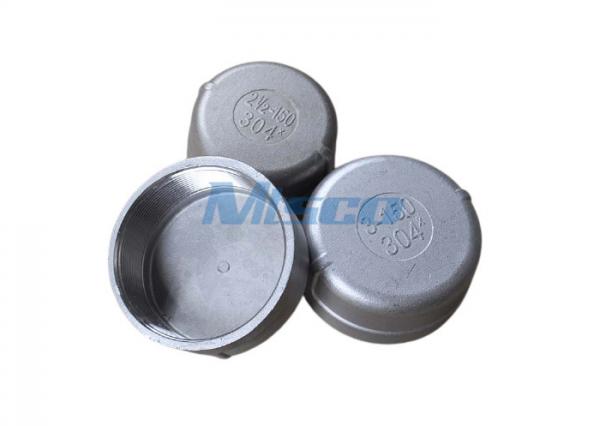
ASTM A351 1/8” CF8 / CF8M Thread Cap Casting Fitting
Material: 304/316/CF8/CF8M Size: 1/8”-8” Standard: ASTM A351/A351M Thread: NPT, NPSC, BSPP, BSPT etc Surface: SR/ Polish Inspection: Dimension/ thread/ material/ NDT Package: Cardboard and wooden boxes Class: 150# Application: Water, gas, air, oil, steam pipe system...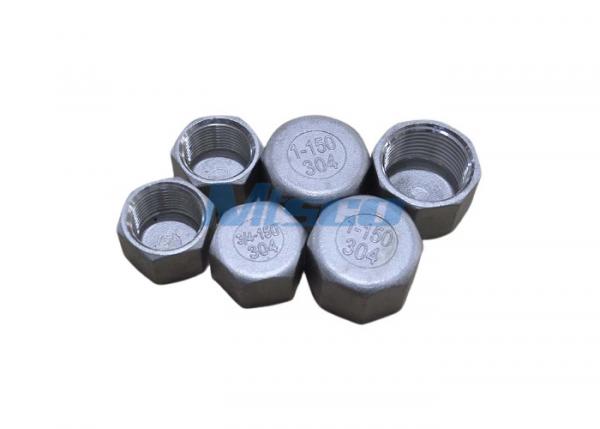

 English
English 中 文
中 文 Español
Español Português
Português Deutsch
Deutsch Türk
Türk Pусский
Pусский عربي
عربي 한국인
한국인 日本語
日本語